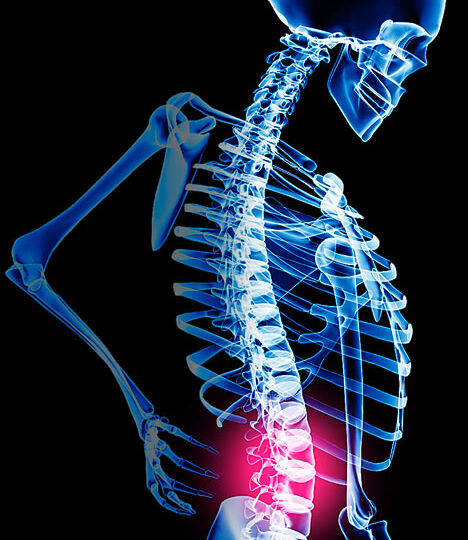
Something I’ve noticed quite a lot recently is a number of clients complaining to me about knee and back pain? Maybe it’s something new (I don’t think so) or maybe it’s because having studied something called Kinetic Chain Assessment (KCA) and as well as Back Pain treatments I can eliminate this pain and dysfunction through treatment and corrective exercise that a lot of you guys are turning to me for help?
The thing is, a lot of this can be resolved yourself with a little corrective exercise and an understanding about what causes it and what you can do to resolve it. I’m not going to be focusing on injury’s here, I’m generalising on the type of pain / discomfort that a lot of you guys feel during and after exercising.
Now this knee or back pain you experience really is a pain in the butt, I mean it REALLY is!! You see the cause of it most probably is your butt!! Well in particular your glutes.
So why does that happen?? Well, the body’s a master of compensation so whenever it lacks mobility around a particular joint it will compensate for this somewhere else in the kinetic chain. This lack of mobility cold be caused by a joint becoming ‘locked up’ or compressed or by a muscular dysfunction. So taking your pelvic-hip complex as an example, any dysfunction here WILL show up at either the joint above (your lower back) or the joint below (your knee). You see in the majority of us we suffer from dysfunctional glutes – here your glutes work, just not quite as well and at the right time, they don’t “fire” immediately when asked to do so. One of the biggest causes for this is modern day life and the fact we spend a great deal of our day in a sitting position. We get up, we sit down to eat breakfast, drive to work sitting down, sit at a desk at work, sit for lunch, driving home, eating tea and then chilling out watching TV on sitting on Facebook!!
OK, so how does this cause me back or knee pain??
Well the first thing I’m going to talk about is something known as Synergistic dominance, I’m going to get slightly technical here but when we start talking about synergists in terms of muscles we’re talking here about the muscles that ‘help’ another muscle do its job. So in hip extension the muscles that carries out the bulk of the work are the glutes, however it’s assisted by synergists such as the lower back muscles and the hamstrings. If a client has reciprocally inhibited (dysfunctional) glutes, then these synergist muscles – the lower back muscles, become dominant to compensate for the weakness during hip extension, in essence they end up having to do a job they’re not meant to do.
Let’s look at an everyday example of this, imagine you work in an office and only you have one specific job that must be done every day and you’re the best at doing that job. However two of your colleagues can also do that same job, just not quite as well or efficiently as you. You phone in sick one day, the special job you do still needs done, so what happens? Yep your two colleagues have to take up the slack and try and do your job, just not as well as you, plus they also have to do their own job’ s too so something has to give, this extra work and stress has to show somewhere right? That’s just like how your body works, if your glutes are weak or inhibited their job still needs to be done, so the lower back takes up the slack and does their job for them! Thing is, you’re back isn’t really designed for this and this shows up in the pain you experience!
So that’s synergistic dominance kicked up the butt (see what I did there? Haha), now let’s look at anterior pelvic tilt, this is something a large percentage of the population suffer from in some degree or other – without even knowing!
Anterior pelvic tilt occurs when the glutes become underactive or dysfunctional while the hip flexor muscles located on the front of the lumbo-pelvic-hip complex become tight and over-active. When this occurs, the tight muscles at the front pull on the top of pelvis which in turn brings the pelvis forward causing the anterior pelvic tilt. This then goes on to cause compression and entrapment resulting in back pain and knee pain. In particular, any compression around the L3 vertebra which provides the neurological feed for the knee region will indeed lead to knee pain.
Now I’m not going to talk too much about the causes of anterior pelvic tilt – that’s for another article, except to say that it’s caused by modern day life, spending a long time in a seated position, wearing shoes where the heel is higher than the toes amongst other things.
Finally let’s look at another couple of causes of knee and back pain – starting with the big toe!!
Yep, your big toe could actually be causing your back or knee pain!! You see the first part of your body that exerts any force is the big toe or 1st MTP to give it its correct name. Think about it, when you walk what do you push yourself forward from? Yep, the toes!
So how can my big toe cause me back pain?? Come on seriously!! – Simples, as I’ve already mentioned any lack of mobility around a joint is compensated for elsewhere in the kinetic chain. If for some reason the big toe (1st MTP) lacks mobility or one of the muscles connected to it, the Flexor Hullucis Longus (FHL) becomes tight or facilitated the toe cannot strike the ground correctly. The body compensates for this lack of mobility at the hip, which in turn will lead on to cause you back and / or knee pain.
And finally, let’s not forget the ankle! Yep, once again any lack of mobility around here will once again be compensated for elsewhere in the kinetic chain – the more rigid the ankle becomes, the more ‘3D’ the knee will try to become and likewise the hip will also try and compensate too.
Ok, so what can you do about it?? Well most of these issues are really simple to correct using joint decompression, muscle inhibition and activation techniques. This is of cause something I can help you with. However, before you all come running for treatments there are a few techniques you can adopt yourself to help deal with these.
I’m going to concentrate here on dysfunctional glutes, as this is something pretty much everyone can benefit from…..
OK, so what we need to do is to tell your hip flexor muscles to “back off a bit” and not be quite so active whilst “waking up” your glutes. That way, during hip extension and hip flexion your glutes “fire” at the correct time, BEFORE the synergist muscles try and take over their role.
Perform this following 5 minute protocol morning and night and also before beginning any fitness training or sports session…
- Glute Activation – wake your glutes up!! – From a standing position, clench both butt cheeks together as hard as you can for 10 seconds, then relax. Then immediately ‘pummel’ your butt cheeks with your knuckles for another 10 seconds – repeat this for a total of 10 rounds.
- Glute Bridge – wake up the glutes and tell the hamstrings to back off!! – Perform the following exercise 10 times holding at the top while clenching your glutes for 5 seconds….
- Lower Back inhibition – get these muscles to back off a bit!! – Perform the ‘cat stretch’ shown in this video holding for around 15 – 20 seconds… http://youtu.be/yao8Vzo8NVQ
- Hip flexor inhibition – get them to back off a bit!! – Perform the following inhibitory stretch for 20 seconds on each leg…. http://youtu.be/QjEXsaUCfjA
So that’s about it guys, perform that 5 minute protocol morning, night and before playing sports or training and you’ll be well on your way to reducing your back and knee pain.
Any questions just shout!!
Martin


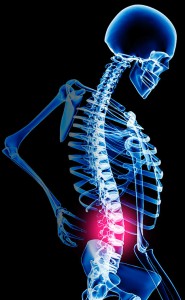
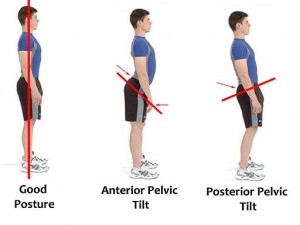
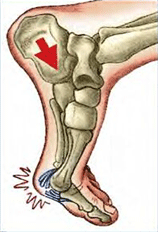
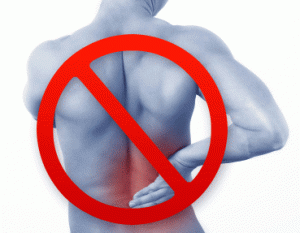





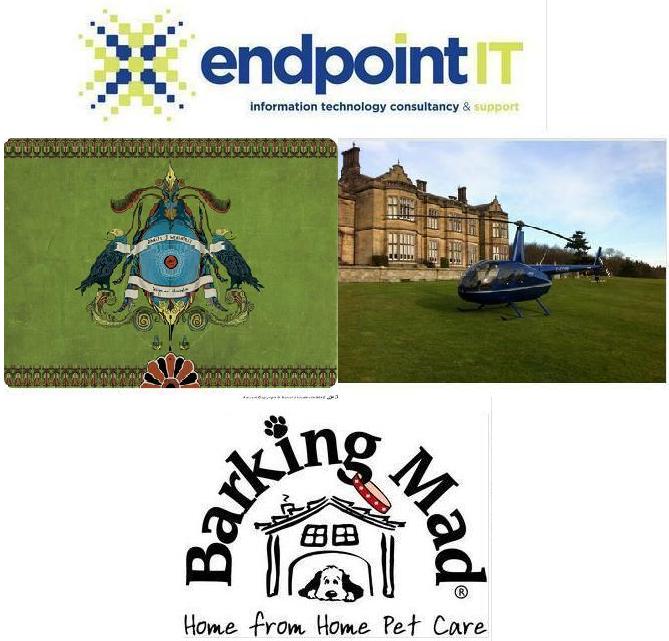


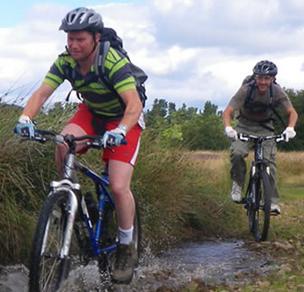


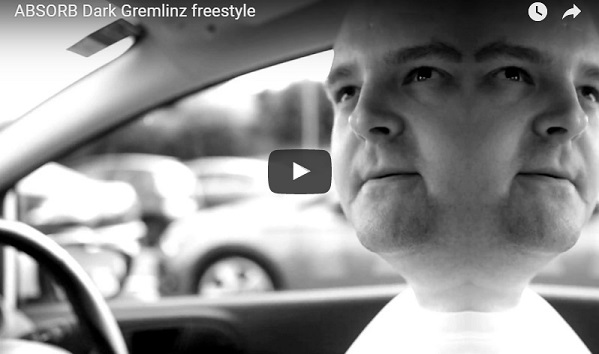

I was a long term back pain sufferer living in york and I was in desperate need for back pain treatment in york. Cliftonpark was the best choice for me for my york back pain treatment